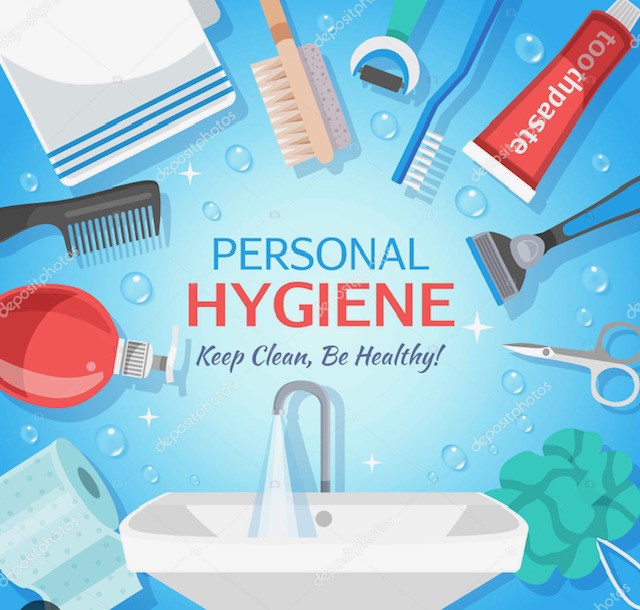We get a lot of questions about hygiene and how did we establish a routine not only with Justin but the other four boys. It was not easy! Especially in the stinky teenage years! I felt like for a long time I was over run by bad breath, sweat socks and axe body spray!The most important thing I feel like we did was adapt my dads military attitude of always prepared. We made sure all the boys were up dressed and ready to go first thing. Saturday morning was our only exception and it was just for two hours. By making them get up get dressed and out of their pajamas every day they knew what to expect. Even though there were a lot of days I would have loved to stay in pajamas one step back with Justin was a major 10 day step back.Autism is a developmental disorder that affects communication, social interaction, and behavior. Individuals with autism may have difficulty with sensory processing, which can make it challenging to establish a hygiene routine. However, with patience and understanding, it is possible to create a routine that works for the individual. Justin hated the noise of the electric toothbrush so he uses a manual one and has not had a cavity in years.The first step in establishing a hygiene routine for someone with autism is to understand their sensory needs. Some individuals may be sensitive to certain textures, smells, or sounds. It is important to take these sensitivities into account when selecting hygiene products. For example, if an individual is sensitive to strong scents, it may be best to use unscented products. For Justin we use calm vanilla scents. Any thing with spring scents or loud musk smells and he will not touch it.Next, it is important to create a visual schedule for the hygiene routine. This can be done using pictures or written instructions. The schedule should be displayed in a prominent location, such as the bathroom, and should be followed consistently. This will help the individual with autism understand what is expected of them and reduce anxiety.When introducing new hygiene tasks, it is important to do so gradually. For example, if an individual is not used to brushing their teeth, start by having them hold the toothbrush and practice putting toothpaste on it. Gradually work up to actually brushing their teeth. This will help the individual feel more comfortable with the task and reduce the likelihood of resistance.It is also important to provide positive reinforcement for completing hygiene tasks. This can be done through verbal praise, stickers, or other rewards. Positive reinforcement will help the individual feel more motivated to complete the task and build their confidence. Our boys all loved charts and stickers at the end of the week they could trade their chart for a small prize.Finally, it is important to be patient and understanding. Establishing a hygiene routine can take time, and there may be setbacks along the way. Even though Justin is 22 now I still have to ask Did you put deodorant on? It is important to remain calm and supportive, and to celebrate small victories along the way.
 In conclusion, establishing a hygiene routine for an individual with autism requires patience, understanding, and a willingness to adapt to their sensory needs. By creating a visual schedule, introducing tasks gradually, providing positive reinforcement, and being patient and supportive, it is possible to create a routine that works for the individual and promotes good hygiene habits. Hang in there mom and dad ! It will happen with repetition.
In conclusion, establishing a hygiene routine for an individual with autism requires patience, understanding, and a willingness to adapt to their sensory needs. By creating a visual schedule, introducing tasks gradually, providing positive reinforcement, and being patient and supportive, it is possible to create a routine that works for the individual and promotes good hygiene habits. Hang in there mom and dad ! It will happen with repetition.

